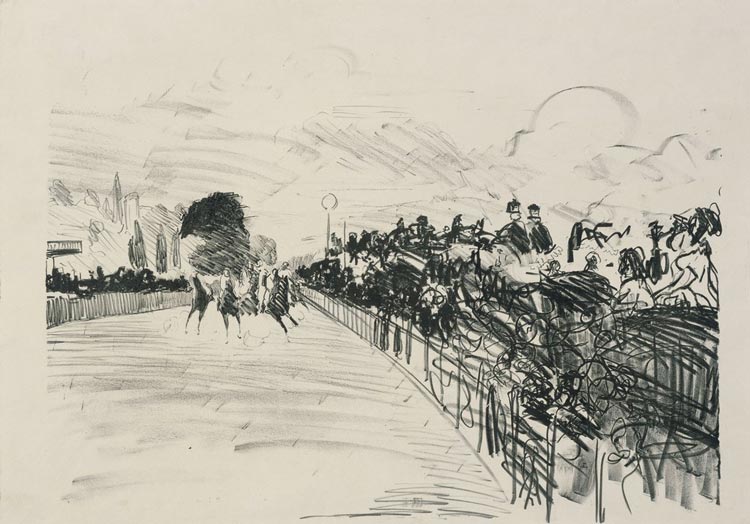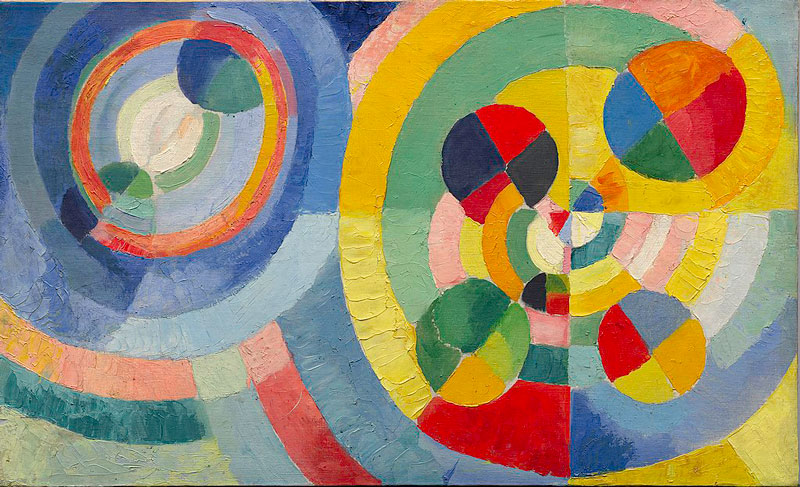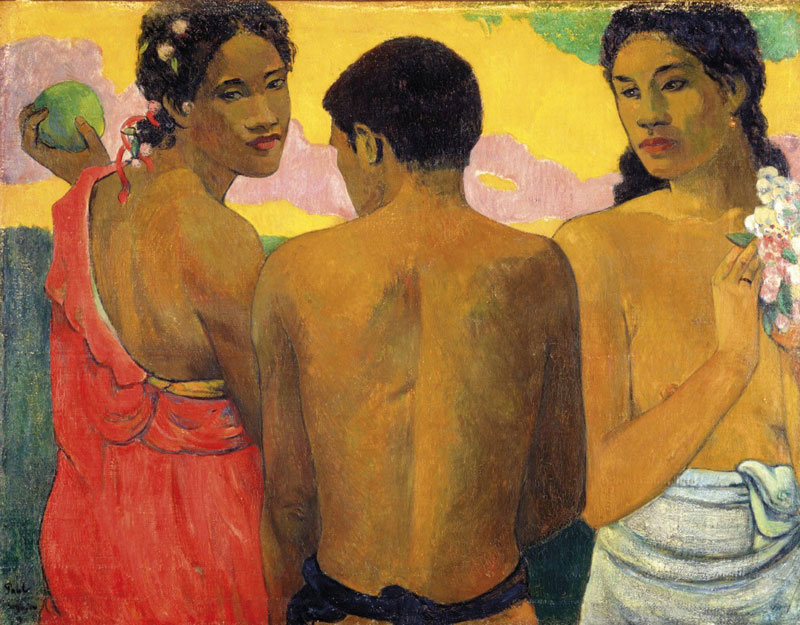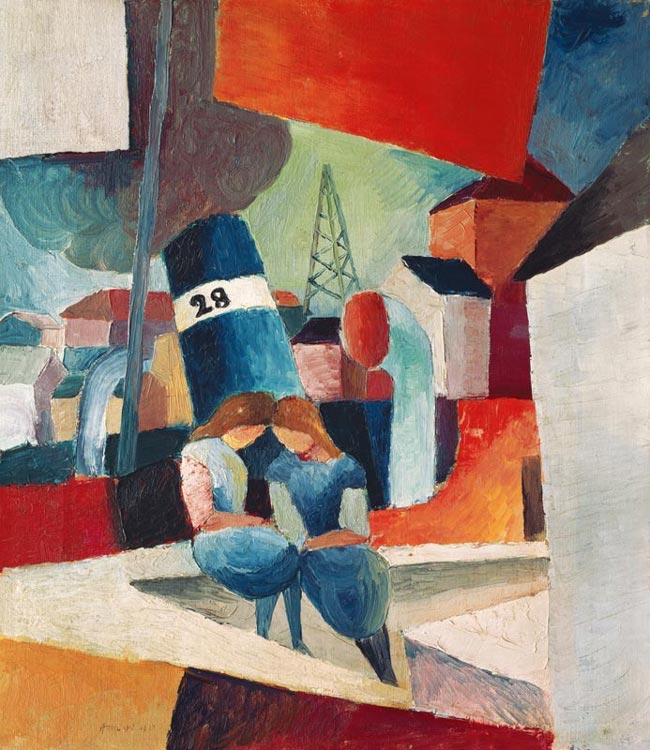
Kupferstichkabinett presents “The Other Impressionism”
From 25 September 2024 to 12 January 2025, the Kupferstichkabinett presents “The Other Impressionism: International prints from Manet to Whistler”
Source: Kupferstichkabinett / – Staatliche Museen zu Berlin · Image: Édouard Manet, “The races”, 1865, Staatliche Museen zu Berlin, Kupferstichkabinett
Sunrises, water lilies, light and shadow effects: Almost everyone has an idea of what constitutes an impressionist painting. But what most people don’t think about are works of printmaking – can there even be Impressionist art in this medium? In black and white, in an edition and with the technical challenges that make the spontaneity so characteristic of Impressionism seemingly impossible?
In its exhibition, the Berlin Kupferstichkabinett is showing treasures of “other” Impressionism, most of which have never or rarely been shown before – with 110 works by 40 artists, including Édouard Manet, Auguste Renoir, James Whistler and Lesser Ury. Using new or rediscovered techniques, the “other” Impressionism brought atmospheric moods to paper: impressions of shadows, vapour and smog, haze and rain, night and electric light. As original prints, they had the magic and dynamism of hand drawings and were therefore regarded as the epitome of artistic individuality. Some of them were created directly in front of nature.
From the mid-1850s, artists such as Camille Corot and Charles-François Daubigny met in the forest of Fontainebleau. They experimented with the proto-photographic technique of cliché verre, using the sun itself to expose their hand-drawn glass plate negatives. From 1862 onwards, painters such as Édouard Manet, Johann Barthold Jongkind and Francis Seymour Haden were inspired by Rembrandt’s etchings and used them to create their own works. Some, such as Camille Pissarro, Edgar Degas or later the Dutchman Charles Storm van’s Gravesande, reworked their printing plate after each printing process. This resulted in “state prints”, i.e. new originals within a series. From the 1880s onwards, lithographers such as Paul Signac and Eugène Carrière were fascinated by shadows, by immateriality, and created picturesque and mysterious impressions.



